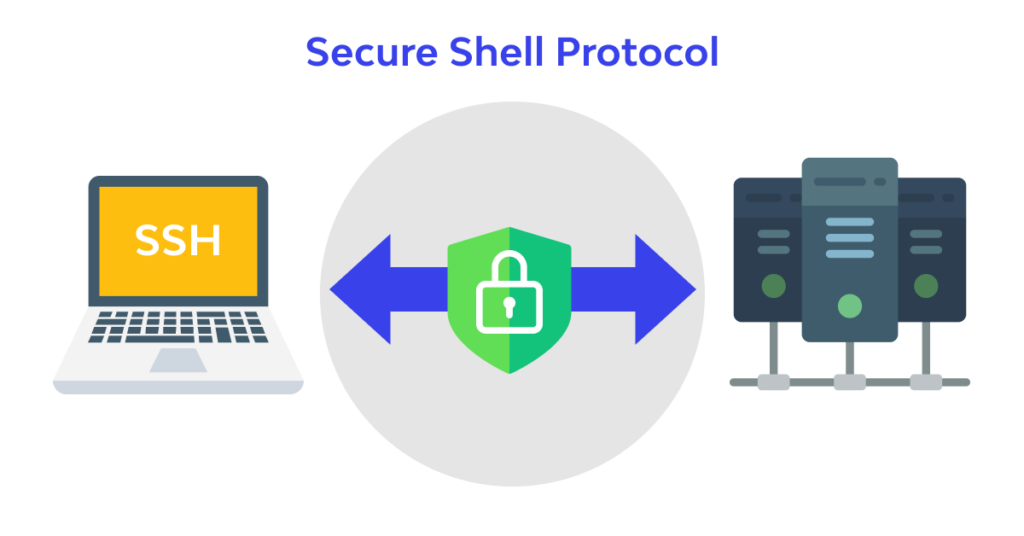SSH (Secure Shell) is a cryptographic protocol that enables secure communication between a client and a remote server. It provides strong encryption and authentication, making it a vital tool for securely accessing and managing remote systems. This guide explains the basics of SSH, its key features such as encryption, public/private key authentication, and the various use cases for securely accessing remote servers. Whether you’re a network administrator or a developer, understanding SSH is essential for managing and securing remote connections.
Email Protocols and Technology
Posts explaining various email protocols, systems, and technologies used in email services.
What is DHCP? Understanding Dynamic Host Configuration Protocol
DHCP (Dynamic Host Configuration Protocol) is a network management protocol used to automate the assignment of IP addresses to devices within a network. By dynamically assigning IP addresses, DHCP ensures efficient communication between devices while simplifying network administration. In this guide, we’ll explore how DHCP works, its benefits for managing network infrastructure, and how it supports smooth connectivity across devices in both small and large-scale networks. Understanding DHCP is key to optimizing network performance and reducing manual configuration efforts.
Recalling Outlook Emails: A Step-by-Step Guide
Recalling an email in Outlook can be a lifesaver when you’ve sent a message in error or with incorrect information. This step-by-step guide walks you through the process of recalling emails in Microsoft Outlook, detailing the conditions under which a recall is successful and the limitations you might encounter. You’ll learn how to initiate a recall, check the status of your recalled message, and tips for effective communication after an email mishap. With this guide, you can navigate the recall feature with confidence and reduce the impact of sending unintended messages.



